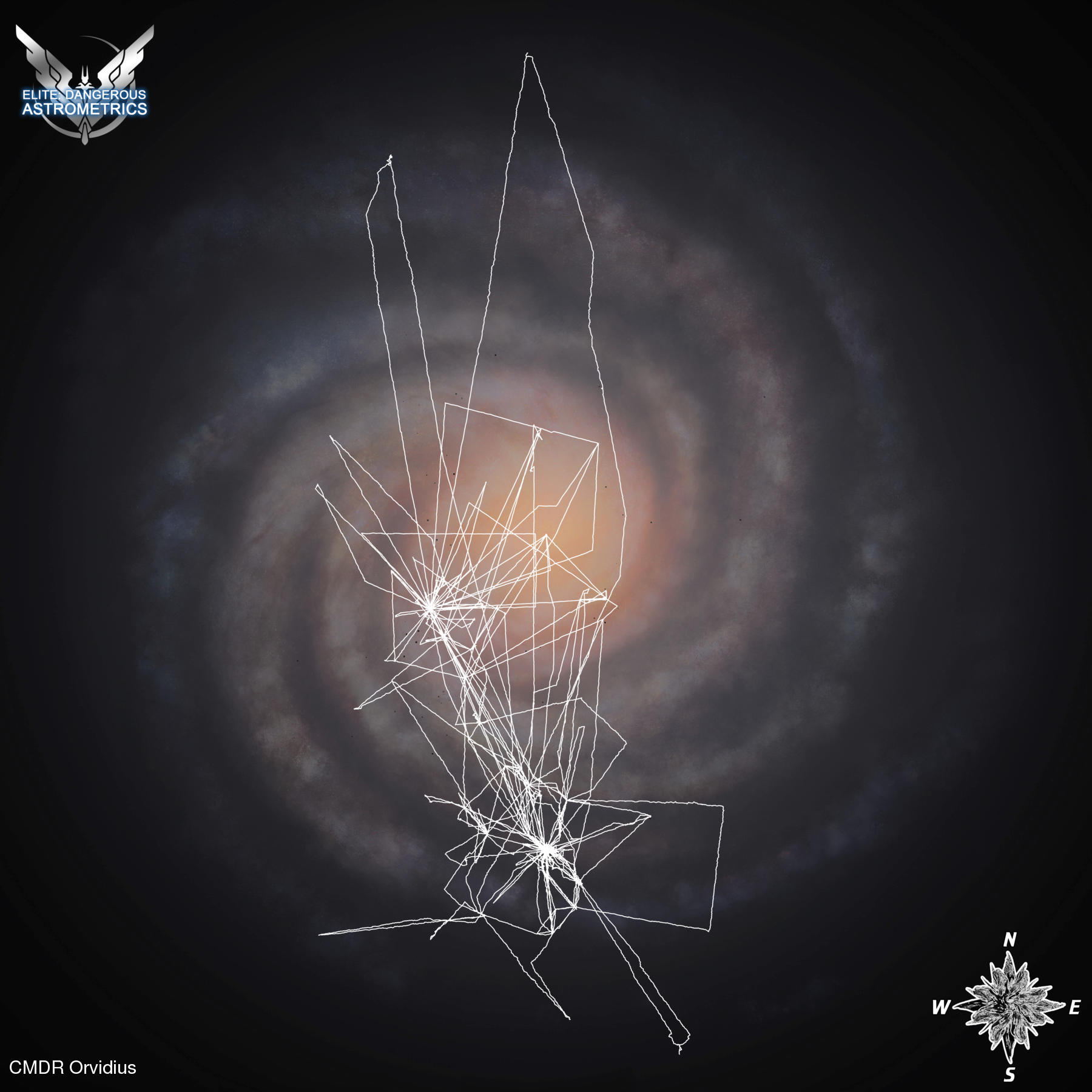Interesting idea. I'm not sure if there's a simple linear answer though, as in 1 ton = 0.XX lightyears, since it operates on a bit of a curve. I suppose a simple estimate could be made using the known FSD size, based on either the empty hull mass, or the template's overall mass, and still get a useful comparison. I'll have to look at the equations for jump range again, since it's been a while. I know it's in several threads on the forum somewhere.
Actually, for this specific question it's quite simple, and doesn't require knowing anything about the FSD properties.
The jump range formula is: Dmax = mOpt/mShip * (1000*Fmax/L)^(1/P) where mOpt, Fmax, L, and P are all parameters that depend on the FSD.
But, if you know the current total ship mass (mShip) and maximum jump range (Dmax), then holding everything else equal it's just Dmax = someConstant / mShip.
Knowing that, you can say that to a close approximation, increasing mass by 1% will decrease range by 1%. If you want to know the approximate LY per ton tradeoff, you can take the derivative
d/d(mShip) someConstant / mShip = -someConstant / (mShip)^2 = - Dmax * mShip / (mShip)^2 = - Dmax / mShip
and since the units in that formula are LY and tons of ship mass, that ratio is also the LY per ton number you're looking for.
Just to check my math, I set up an Anaconda that masses almost exactly 550T with a 55.0LY range. Putting in ten tons of cargo racks, it's immediately clear that yes, the tradeoff is 0.1 LY/ton.
https://s.orbis.zone/1R53


